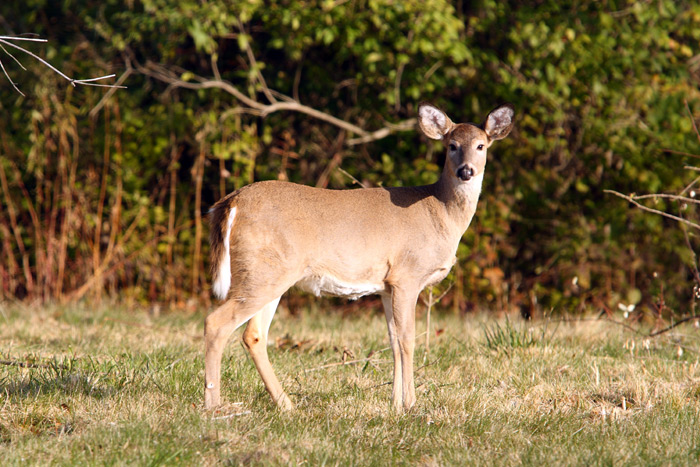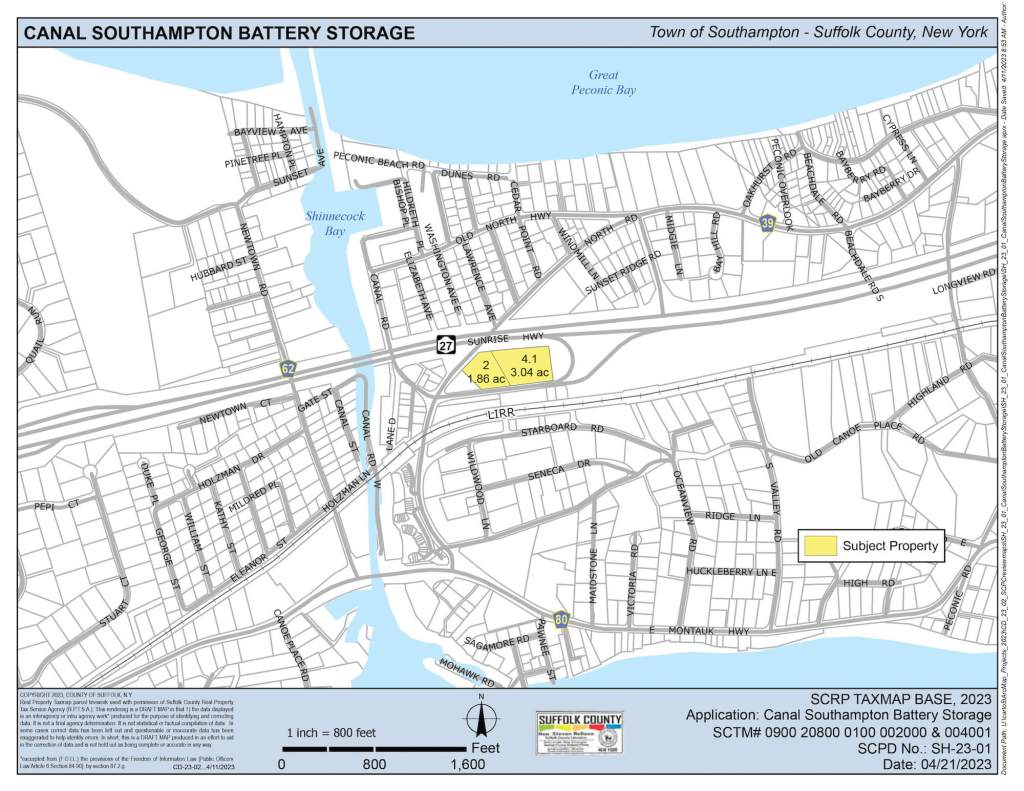Friend or Food? For East End Deer the Needle Moves Toward Food

The State of New York last week changed the rules on how humans relate to deer in this state. As you know, how we treat deer these days is unclear. Some think them a nuisance. Others think of them as creatures that, if injured, we’d like to help out. And still others think of them as food.
The change in the rules consists of how we help out a deer. There are numerous wildlife rescue and rehabilitation centers in the state—there’s one in Hampton Bays—and they take in seals, snakes, deer, birds, foxes, raccoons and wild turkeys, and they can keep them until they get better before sending them back out into the wild, or they can keep them and never make them go back out into the wild, if they feel the creature wouldn’t survive long.
A particular example of this happened in Hampton Bays, where a small deer repeatedly kept showing up at the Shinnecock Canal to be petted and handled. After the authorities finally got her rounded up, a physical examination revealed she took a bullet in the head that seems to have damaged her fight or flight mechanism. So she hasn’t been released yet. She’d have been done in pretty quick if they did that, so she has been a resident at the Wildlife Center.
Wildlife rehabilitation centers will encounter the new rule when they go to renew their annual license. If people call up to report a deer with a limp, they are to say leave it alone. Don’t bring it in. It’s part of nature. Too bad for the deer with a limp. It won’t last long. Not our problem.
There are minor exceptions. For example, if a deer is stuck in a fence or caught in some underbrush, the wildlife center can send out a truck to help set it free. Or if a deer has a minor injury that might be treated briefly, the center can send out a truck with some medicine and a Band-Aid. They can even send out a truck for a deer if the injury can be treated back at the center briefly. But after that brief time, it’s back out into the wild for you. There’s no more long-term care for deer. It’s a dog-eat-dog world out there. Get used to it.
I think the new deer rule marks a swing of the pendulum toward a hardening of the heart toward deer. Away from the pet category. Toward the food category. In this politically charged season, you might say it’s a move toward Republican Conservative Laissez-Faire philosophy and away from the Democratic Bleeding Heart Liberal philosophy.
The wildlife sanctuaries are upset about this new rule, as you might imagine.
Personally, I think we are also seeing changes in the behavior of our local deer. Have you noticed it? In years gone by, if you were driving down the road and a deer was in the road, they’d look at you funny and just stand there. Or they might run off, or maybe they’d come from off the road into the road, or onto your hood or into the side of your car. No telling what they might do.
Today, many look up, decide you’re a car, and run off without being hit. They seem to have developed a learning curve. Maybe I’m wrong, but I’d bet that, statistically, fewer of them are being hit by cars these days.
The other day I read a study about a particular kind of plant. Touch it and the leaves seize up tight. Sort of like a Venus Flytrap, but more gentle. Interesting. In the study, which was done in New Zealand, they took this plant, growing in its pot, and dropped it unceremoniously six feet onto a mattress. Each time it hit, the leaves seized up. But after about 10 consecutive drops, the plant got the message that nothing bad was going to transpire after it hit the mattress. And so after that, when they’d drop it, the leaves wouldn’t seize up.
What was really weird was that if you waited a week and then dropped this same plant onto the mattress again, it STILL wouldn’t seize up.
It remembered.
Somebody ought to talk to these people up in Albany.



